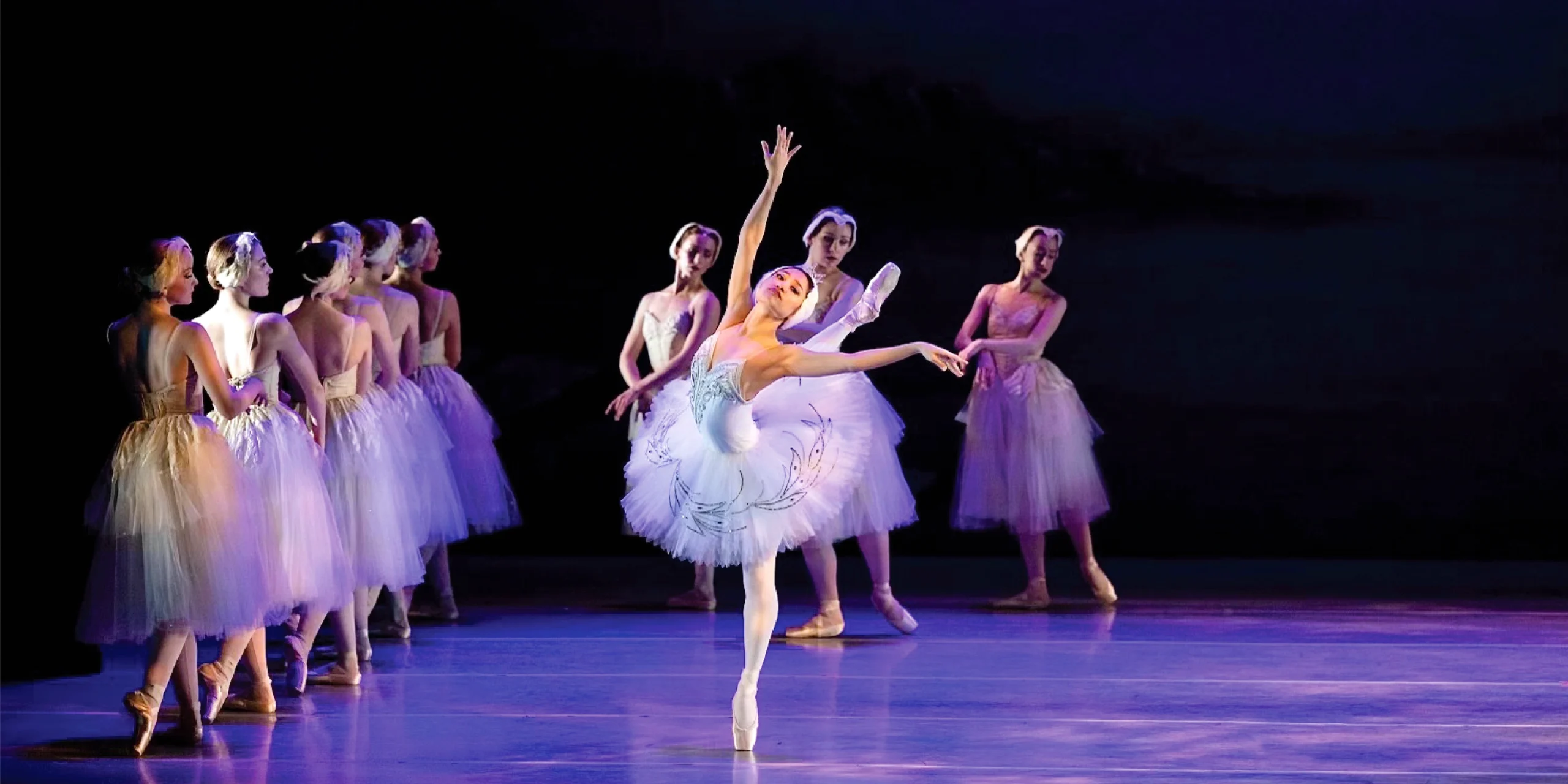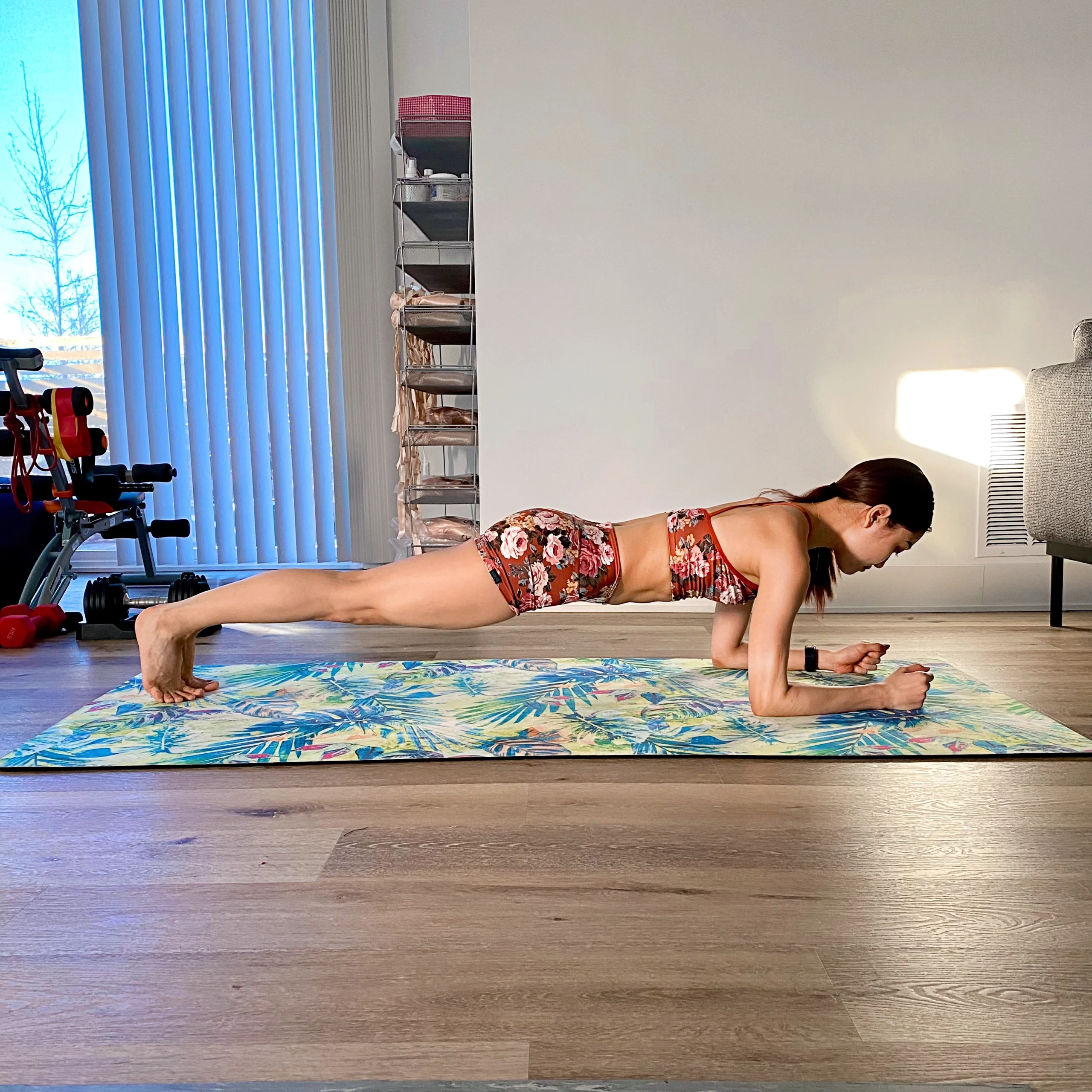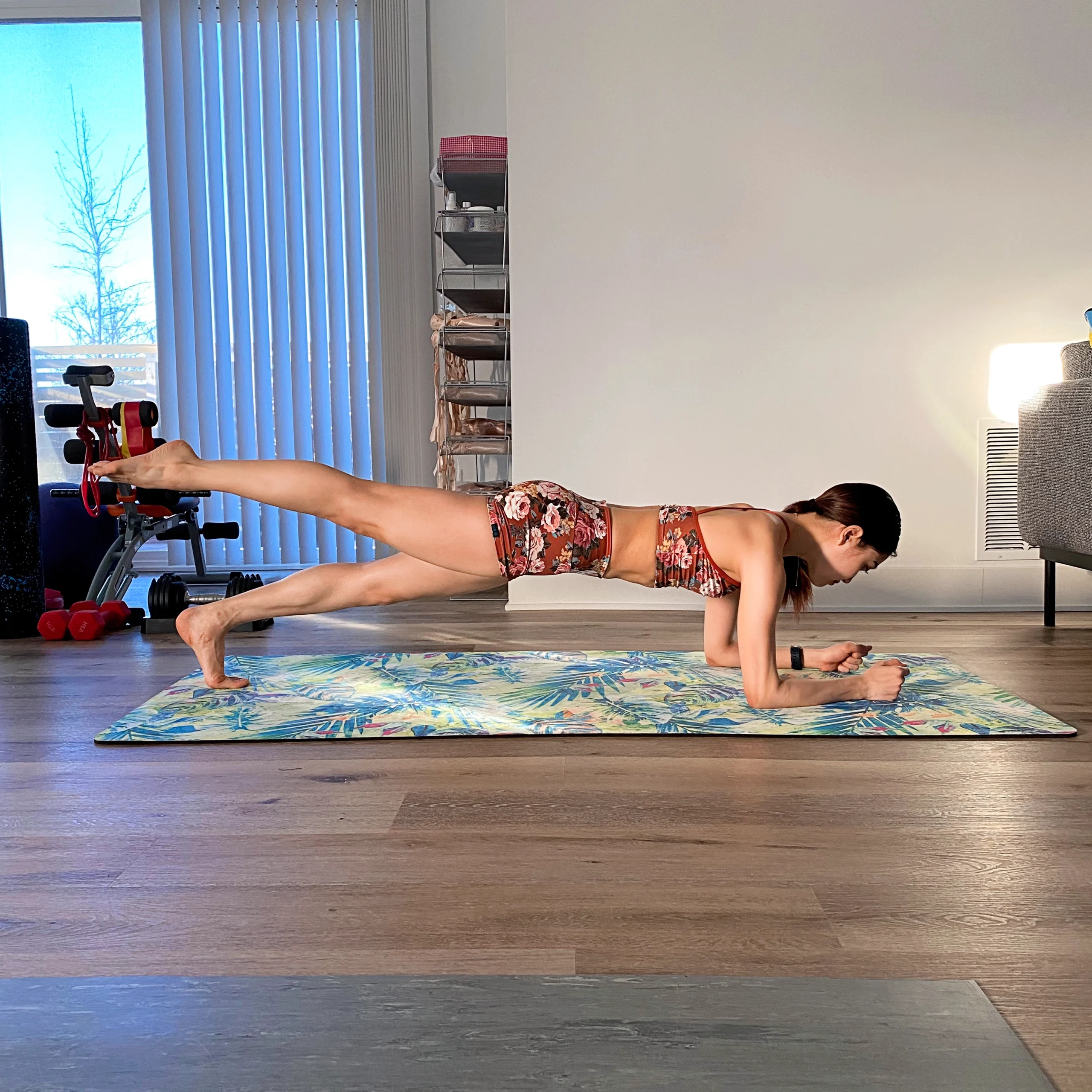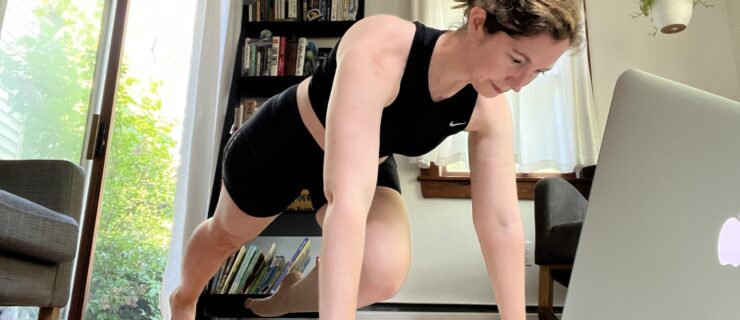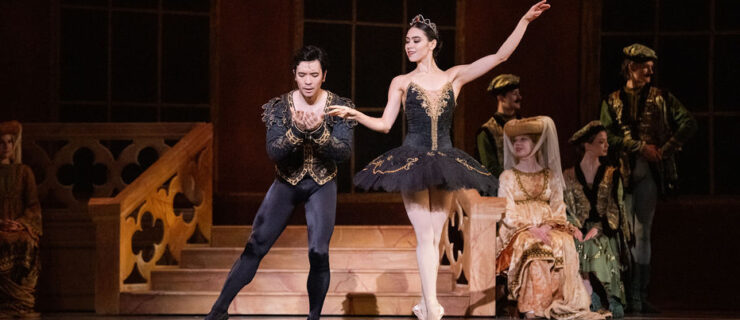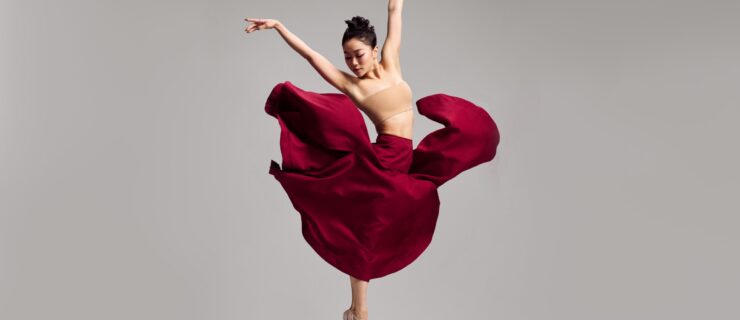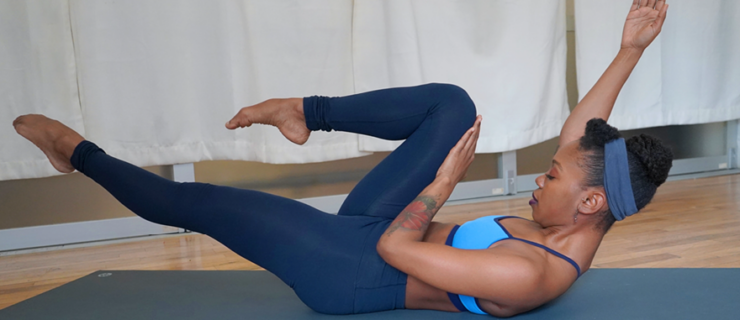Indianapolis Ballet’s Yoshiko Kamikusa Shares Her Stretching and Strengthening Routine
Warming up and cooling down the body may seem basic for many dancers, but for Indianapolis Ballet principal Yoshiko Kamikusa it’s of optimal importance. “I discover new ways of using my body all the time,” says Kamikusa. “The goal throughout my career has always been to find consistency, efficiency, and to draw out maximum potential from my own instrument.”
Kamikusa spends 45 minutes to an hour before class and at the end of the day diligently strengthening and stretching out her body, a regimen she’s followed since her pre-professional days at Vancouver’s Goh Ballet Academy. “When I don’t do my pre- and post-dancing stretches as thoroughly, I feel the consequences rather quickly,” she says. “Suboptimal alignment and muscle imbalances build up over time, which is usually how injuries occur.”
Understanding Her Body
Two years ago, Kamikusa received her certification from the National Academy of Sports Medicine (NASM). While she can transition to a second career as a personal trainer in the future, Kamikusa says she mostly obtained the certification to educate herself about her body in order to be a better dancer. “Having knowledge about my anatomy has been really helpful,” she says.
Tuning Her Instrument
Kamikusa typically does her morning warm-up routine at home before heading to class since there are less distractions. She does a mix of rolling out her muscles with a foam roller, stretching, Gyrotonic/Gyrokinesis-influenced exercises, and strengthening and conditioning to set her up for ballet. “I have my go-to exercises, like planks, that I do almost every day, but I adjust certain [movements] in my pre-warm-up menu depending on what my body specifically needs that day,” says Kamikusa.
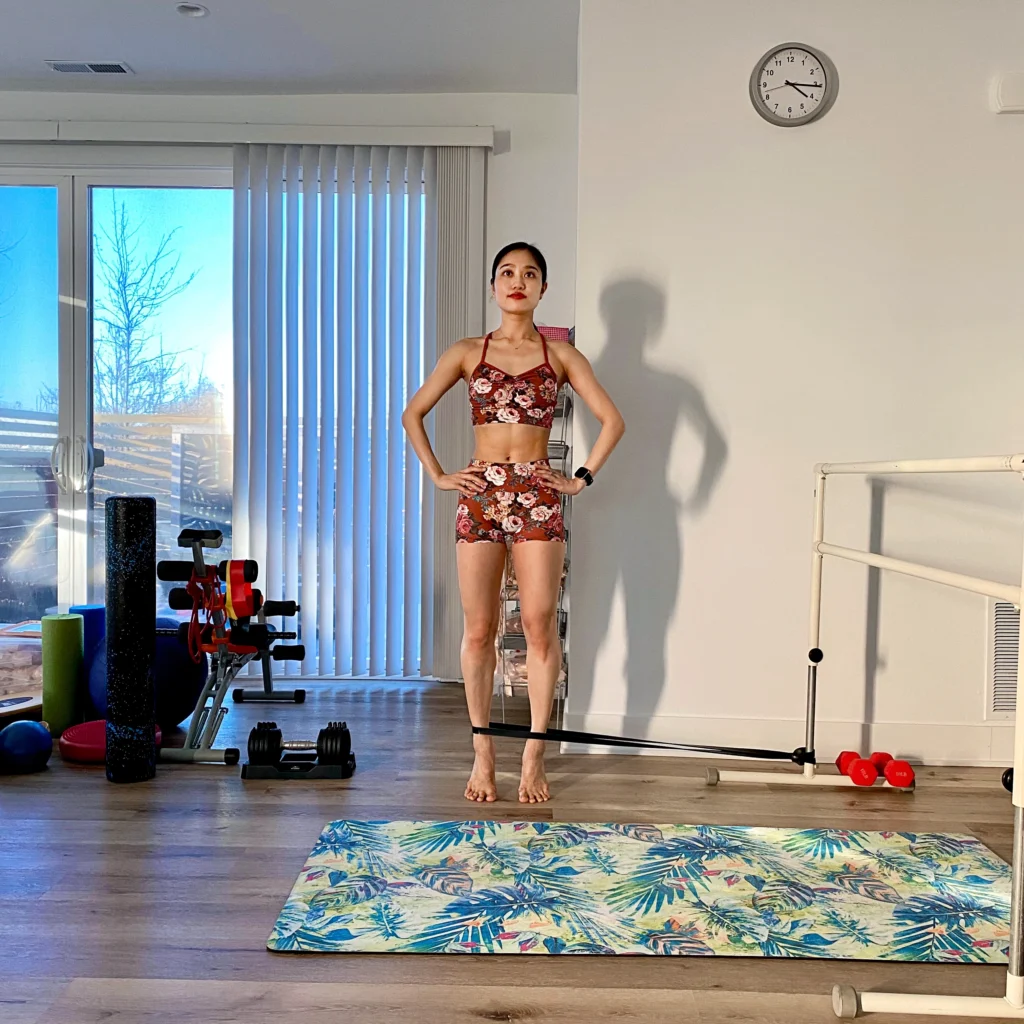
For instance, since she recently hurt her ankle, Kamikusa has also been doing relevés with a TheraBand tied to the base of a barre and looped around her ankle (to create resistance) in order to build back her strength.
Favorite Tools
At the end of the day, she likes to spend another hour massaging and stretching her body to minimize potential aches and soreness the next day. She specifically targets areas that were overworked due to new repertoire or a long day of rehearsals.
Kamikusa’s favorite massage tool is a tennis ball or something harder, such as a lacrosse or myofascial ball. She also keeps a foam roller, TheraBand, and Hyperice massage gun on hand.
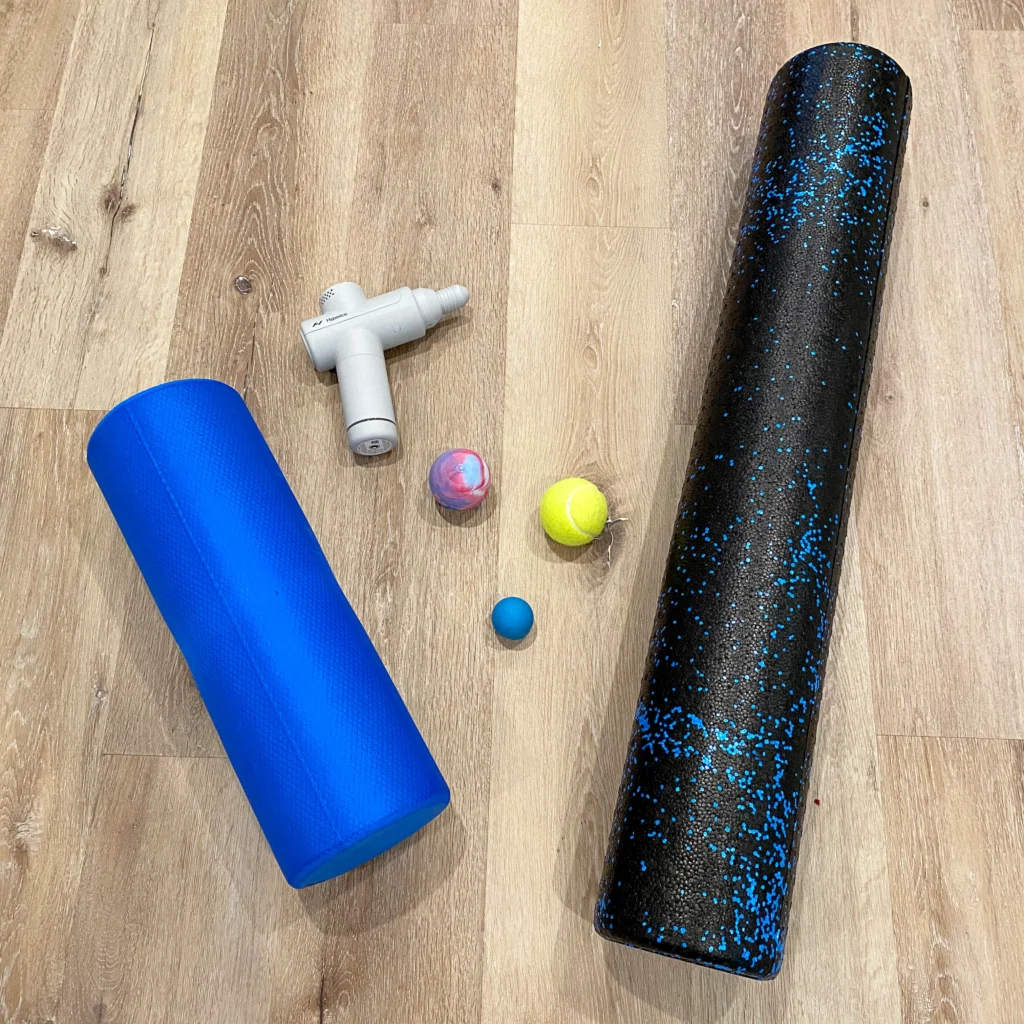
Staying Fueled
For lunch, Kamikusa typically has a sandwich with avocado, cheese, and a lean protein such as chicken on multigrain bread. Sometimes she substitutes the bread with rice, since she finds it keeps her fueled a bit longer. She also adds amino acid supplements to her drink pre- or post-workout to “flush out the muscle aches and pains.” Her go-to snacks include bananas and FitCrunch bars, and, to stay alert, Kamikusa enjoys coffee and dark chocolate.
How-To Exercise: Plank Variations
Kamikusa likes doing planks to quickly warm up her body. Below, she demonstrates exercises that target all sides. Each of these planks can be done balancing on the hands with straight elbows or, for an added challenge, on the forearms with bent elbows. Kamikusa mixes up both versions depending on what she feels, and needs, that particular day.
Hold each plank for 30 seconds to one minute.
Regular Plank
Kamikusa holds this plank position with fists facing towards each other and feet flexed on demi-pointe while keeping the heels together and maintaining a neutral spine. (She says having her heels together helps her maintain a tighter core, which is necessary when doing one-legged movements such as arabesque.) From there, she says, you can shift your weight forward and lift one leg or one arm at a time.
Side Planks
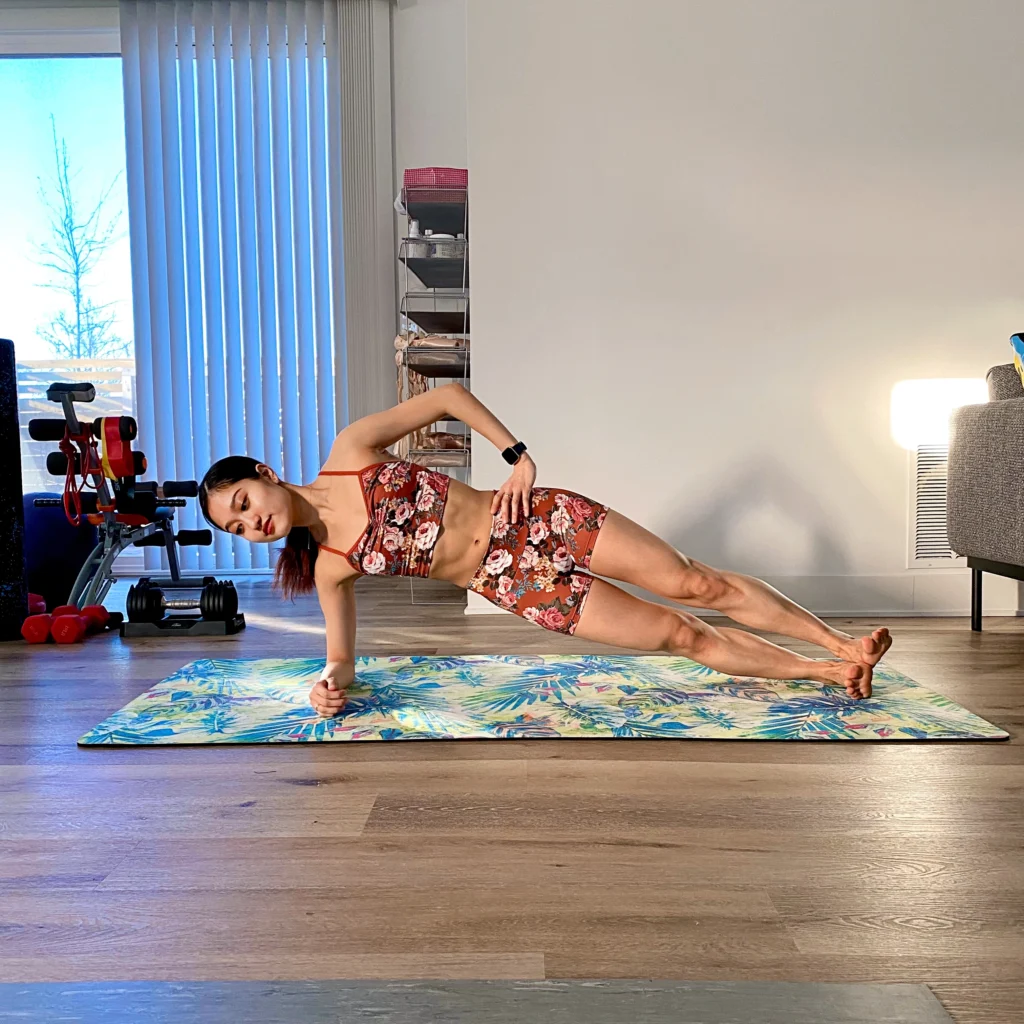
Balance on one side, keeping the hand (or elbow, if propped on the forearm) in line with the shoulder. Push your body up, keeping your legs and feet stacked. (You can use a bootie to cushion your bottom foot/ankle if necessary.)
Bird Dog Planks
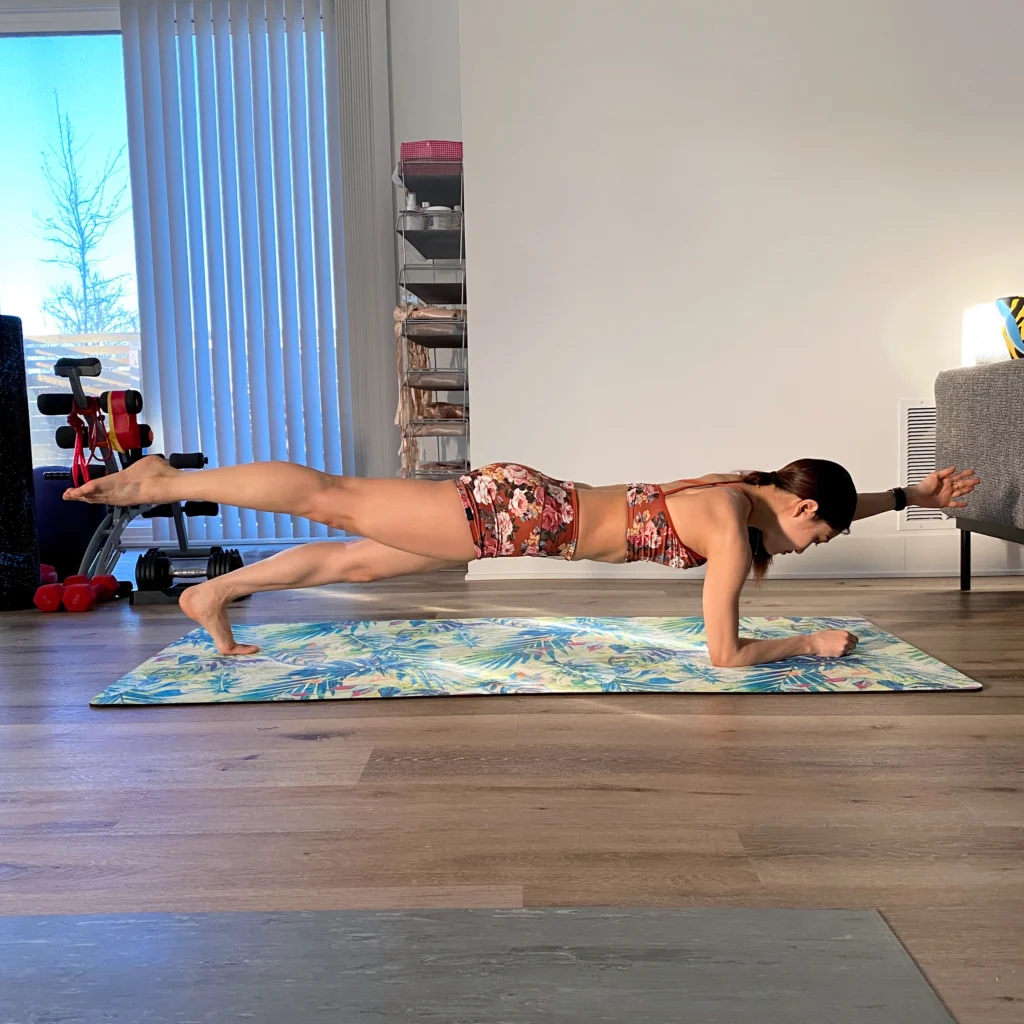
From a regular plank position, alternate extending one arm and the opposite leg at the same time. This helps you to feel the posterior oblique system that you need especially in arabesques and attitudes. Do 2–3 sets of 6–8 repetitions total.
